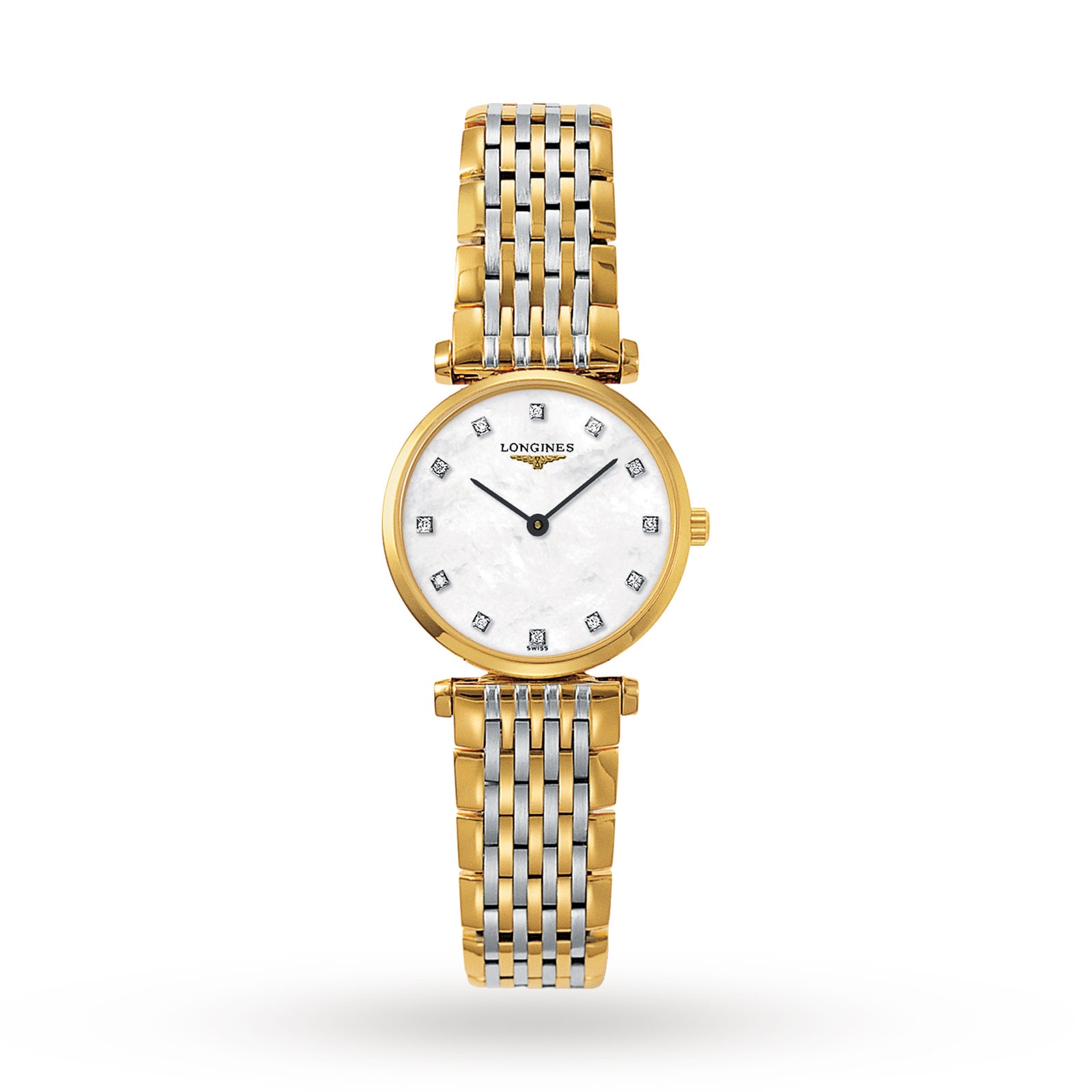
We’re all a little obsessed with diamonds. After all, they’re the most treasured, valued and desirable gemstone in the world.
Our fascination is for good reason, too: hypnotic and mesmerising, diamonds add a certain level of sophistication to any piece, outfit, or, indeed, wearer themselves.
The obsession isn’t anything new. The gemstones’ existence has been synonymous with elegance and class for centuries. From royalty and aristocrats draped in jewels, to socialites throughout the ages, to our favourite celebrities walking the red carpet; they’re all sure to be donning diamonds, glistening in the light.
But they’re not just an accessory worn by our favourite VIPs. Far from it. Instead, throughout our history, diamonds have engrained themselves in cultures worldwide, meaning there’s always a perfect opportunity to gift a diamond.
Where it all began
The diamond has been appreciated and hailed since its very discovery - a date believed to be around 2500 BC – and almost immediately had worth in trade. The unit of weight established soon after the discovery in relation to seeds of a carob tree (and hence ‘carat’ was born).
Diamonds were scarce and prized in the early ages, with few diamond mines discovered, and rulers and emperors placed diamonds on a pedestal. Indeed, in the 1st century, a Roman naturalist stated that “(the) diamond is the most valuable, not only of the precious stones, but of all things in the world”.
Since then, diamonds have become much more accessible for all non-royal folk; but that isn’t to say our adoration of them has wavered. Instead, ever-fans of tradition, the diamond continues to be the symbol of love and unity. Let’s dive into just why that is.

Engagement
It hasn’t always been the case that diamonds were synonymous with engagements - the two entities only truly coming together in the early 20th century - but it makes complete sense that they lead hand in hand today.
In Ancient Egypt, rings and circles were viewed as a symbol of eternal love and life, a belief carried through the Romans, Greeks and to the rest of the world. The diamond itself emerged as a symbol of resilience, ever-lasting beauty and love. The two notions join together to form the perfect engagement ring and have since dominated the nature of proposals ever since.
Anniversary
If you’re lucky enough to enjoy 60 years of marriage with your significant other, then what other way to celebrate than diamonds? In a very similar vein to that of engagements, the 60th anniversary diamond is a symbol of the lasting union. Albeit, this time, it’s a nod to the long union already shared, rather than a promise of one to come.
Spiritual
Long before diamonds married up with love, the gemstone was, and still is, cherished for its spiritual and healing powers. From physical, spiritual, and emotional healing and ideas of protection and invincibility, to the belief that diamonds can improve one’s energy, environment, growth, love life, clarity and power. It seems there are very few drawbacks in owning a diamond, and potentially a lot to gain.
Birthstone
Each month is represented with a birthstone, and those born in April are lucky enough to call the diamond theirs. Nicknamed the ‘King of all Birthstones’ and thought to provoke the wearer with better relationships and increase inner strength, the diamond is intrinsically linked with the spiritual powers outlined above, and April babies can feel pretty smug about their illustrious partnered birthstone.
Style and self-love
Diamonds inherently signal class and style; so no matter if you’re saying “I love you”, hoping to bring good fortune, or gifting a birthstone - there’s a plethora of opportunities to upgrade your wardrobe and enjoy the gemstone stylishly. From clothing, to bags, to jewellery and watches – dip your toes into the world of diamonds and let the age-old adoration wash over you.
Our Buyer’s Highlights
Our buyers have curated a selection of the finest diamond watches, iconic in both heritage and style. Immerse yourself in our Diamond Watches Collection.






